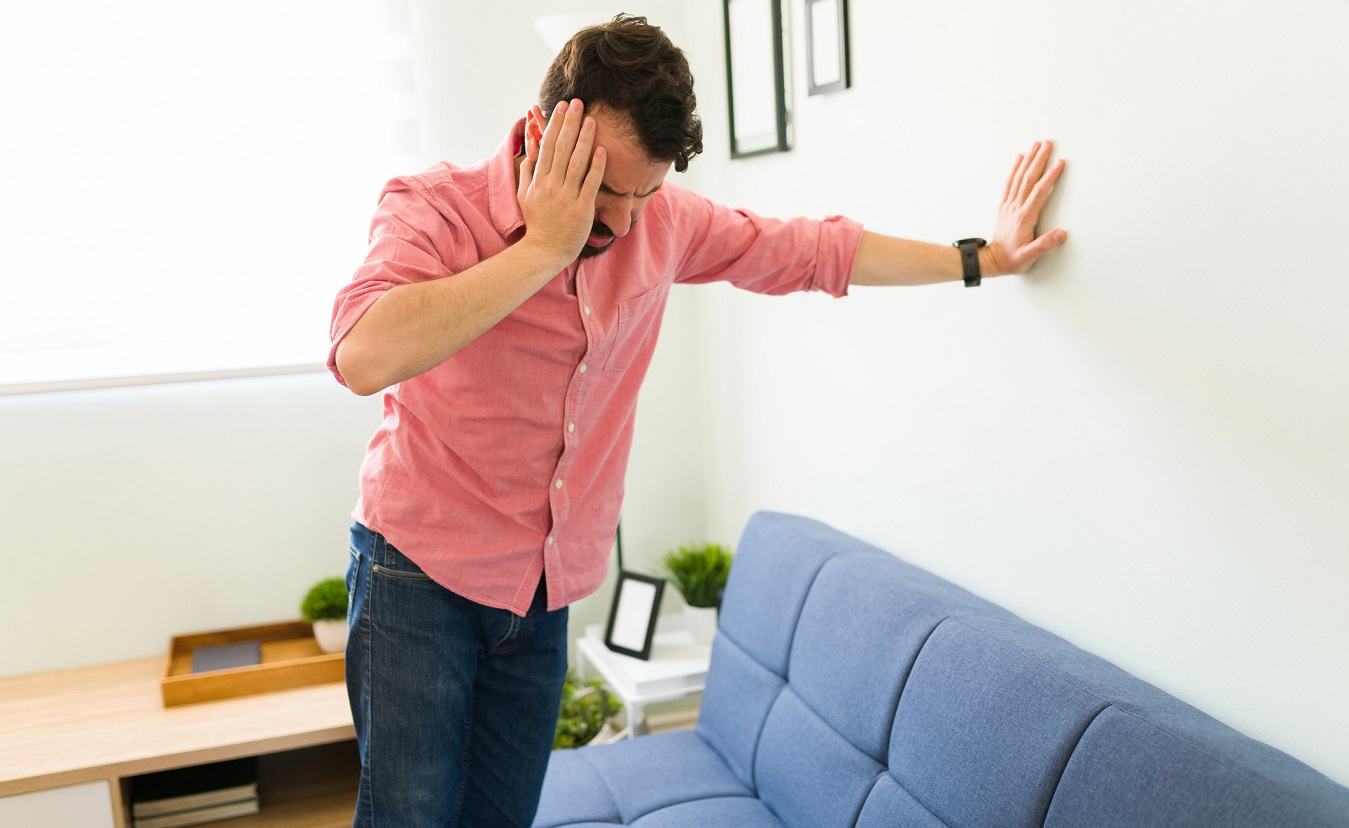Do you ever feel like the ground is shifting beneath you? Maintaining balance is crucial for staying independent and avoiding injury, especially as you age. Learn how balance testing and easy lifestyle changes can help you stay steady and confident on your feet.
Why is balance important as we age?
Good balance plays a key role in maintaining physical independence and reducing the risk of falls. “As we age, muscle strength, joint flexibility and reaction time changes can make it harder to stay steady,” said Rielly Hasegawa, Clinical Education Specialist for Inspira Sleep and Balance Centers. “Without proper balance, simple tasks like walking or bending down can become hazardous, increasing the risk of falls, which are a leading cause of injury in older adults.”
What are some common causes of dizziness or unsteadiness?
Causes of dizziness and balance issues include inner ear disorders, vision problems and changes in blood pressure or medications. Some people also experience dizziness due to muscle weakness or neurological conditions. For others, conditions like vertigo, which affects the inner ear, can lead to a spinning sensation. Identifying the root cause of dizziness is fundamental to addressing balance problems effectively.
How can balance tests help prevent falls?
Balance tests can assess your stability and help you understand the specific factors affecting your balance. “These tests evaluate how well you can maintain posture, move smoothly and respond to sudden changes in position,” said Hasegawa. “By identifying balance issues early, your care team can develop a personalized plan to improve stability, significantly reducing your fall risk.”
What types of balance tests are available?
Balance tests that can guide your care team in creating targeted treatment plans include:
- Nystagmography, which measures your ability to follow moving objects with your eyes, potentially revealing problems with your inner ear’s balance system
- Ocular motility, which assesses how well your eyes track moving objects
- Optokinetic nystagmus, a test that determines if your eyes can keep up with fast-changing images by monitoring you as you track large, moving visuals
- Positional nystagmus, which monitors your eye movements as your head and body are placed in different positions
Caloric tests, where warm and cold air stimulate the inner ear and your eye movements are observed to check how well each ear functions
What can I do to improve my balance and reduce my fall risk?
You can take practical steps to improve balance and prevent falls, including:
- Staying active: Regular low-impact exercises like walking or tai chi can strengthen muscles, improve coordination and enhance balance.
- Wearing proper footwear: Non-skid, well-fitting shoes can help reduce the risk of tripping or slipping.
- Fall-proofing your home: Remove clutter, loose rugs and other tripping hazards to make your home safer.
- Improving lighting: Use nightlights in areas like bedrooms, hallways and bathrooms to prevent tripping in low light.
- Reviewing medications: Some medications may have side effects that affect balance, such as dizziness or lightheadedness. Talk to your doctor if you’re experiencing these issues.
How can professional balance testing and treatment help?
Through professional balance testing, your care team can accurately assess your condition and create a customized treatment plan that might include physical therapy or rehabilitation exercises. “In many cases, people with a history of balance problems can regain stability and confidence through proper diagnosis and treatment,” said Hasegawa. “Talk to your doctor about balance testing if you’re concerned about your fall risk. They can develop a plan that fits your needs and helps you maintain independence.”
Inspira’s balance centers offer comprehensive testing and personalized care to uncover and treat the root cause of your dizziness. Find a balance center location near you.
